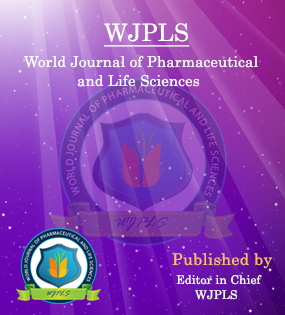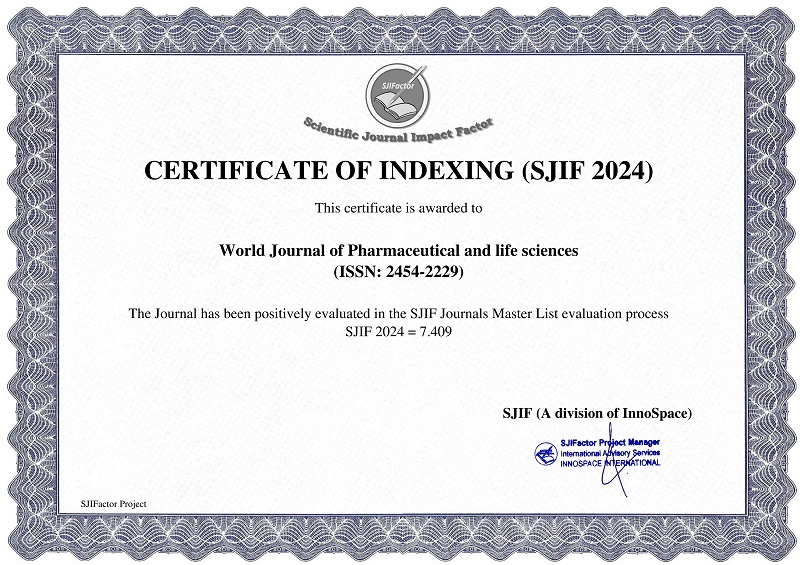Abstract
HISTOLOGICAL PATTERN OF GESTATIONAL TROPHOBLASTIC DISEASES IN A NIGERIAN POPULATION: A TERTIARY HOSPITAL EXPERIENCE
Amadi Darlington Chidi, *Ugwa Okezie Chinedu and Christian Chika Ogbu
ABSTRACT
Background: Gestational trophoblastic disease (GTD) is a clinically and morphologically very heterogeneous group of interrelated lesions, characterised by abnormal growth of the different types of trophoblastic cells, sometimes associated with villous dysmaturity. Aims and Objective: This study sought to determine the morphological pattern of the various forms of gestational trophoblastic diseases that were histologically diagnosed using specimens from endometrial curettage, hysterectomies and laparotomies, at a tertiary medical facility in southeast Nigeria between January 2020 and December 2024. Methodology: This is a 5-year retrospective study from January 2020 to December 2024. Relevant data was retrieved from records in the surgical day book, laboratory request forms and or histology reports book of the Department of histopathology of this hospital. One hundred and twenty six(126) cases were diagnosed as GTD following endometrial curettage for incomplete abortion, laparatomy and hysterectomy or metastatic GTD diagnosed in the Morbid anatomy department of this center within this period. Nine cases were excluded due to incomplete data as 117 specimens were then reevaluated for GTD. Patients were anonymized by excluding their names and hospital number for ethical reasons. Result: The predominant patient population of GTD in Owerri and its environs were between the age of 21-35years. The mean age was 30.5 ±8.5 and most of the patients (n = 79, 67.5%) were in the third and fourth decades. Histologically, the commonest type diagnosed was Hydatidiform mole (n = 102,87.17%) with partial mole showing 82.05 percentage distribution in all the hydatidiform mole, followed by choriocarcinoma (n=14, 11.97%), then one cases of placental site trophoblastic tumor (n =1, 0.86%). The lower economic class made up of very low income earners presented more with GTD (n=41, 35.04%). Conclusion: In this 5-year retrospective study, it was revealed that, the most common type of GTD in women in Owerri and its environ was the Hydatidiform mole, with Partial mole as the predominant type.
[Full Text Article] [Download Certificate]WJPLS CITATION 
| All | Since 2020 | |
| Citation | 590 | 424 |
| h-index | 12 | 10 |
| i10-index | 17 | 14 |
INDEXING
NEWS & UPDATION
BEST ARTICLE AWARDS
World Journal of Pharmaceutical and life sciences is giving Best Article Award in every Issue for Best Article and Issue Certificate of Appreciation to the Authors to promote research activity of scholar.
Best Article of current issue
Download Article : Click here





